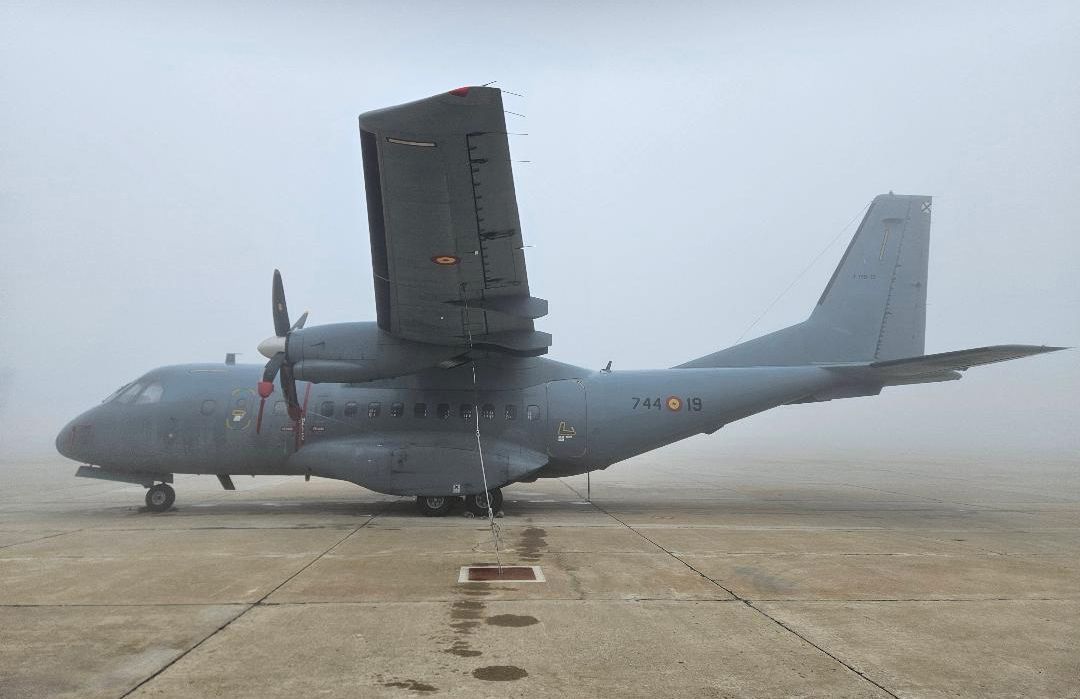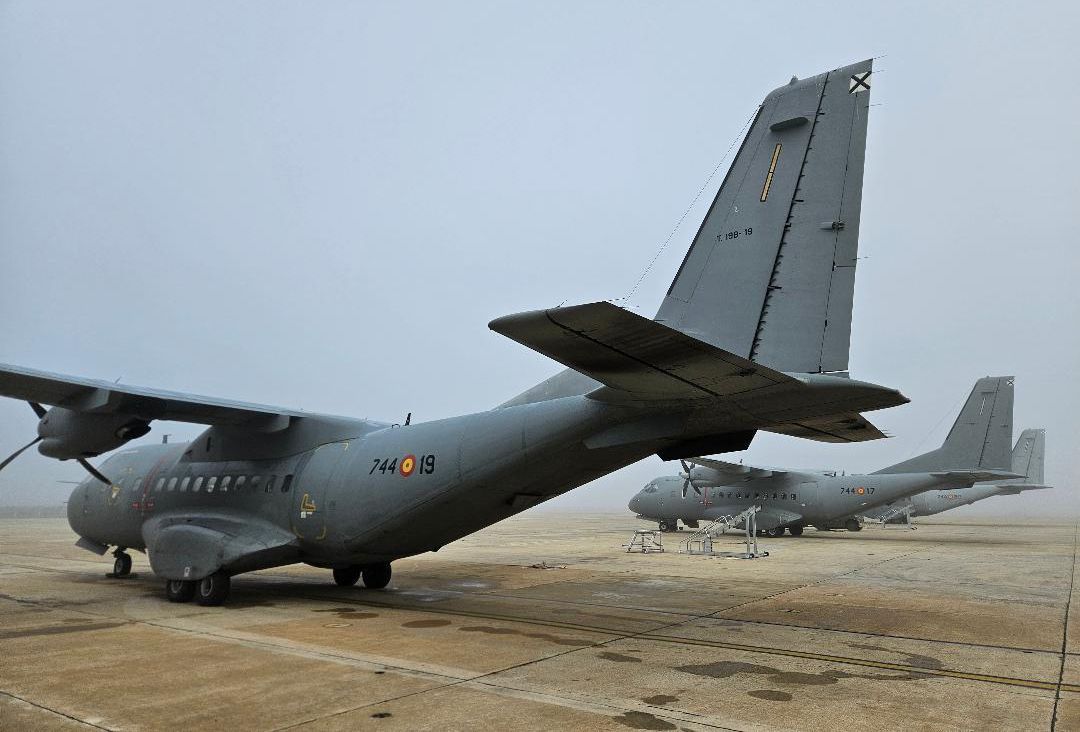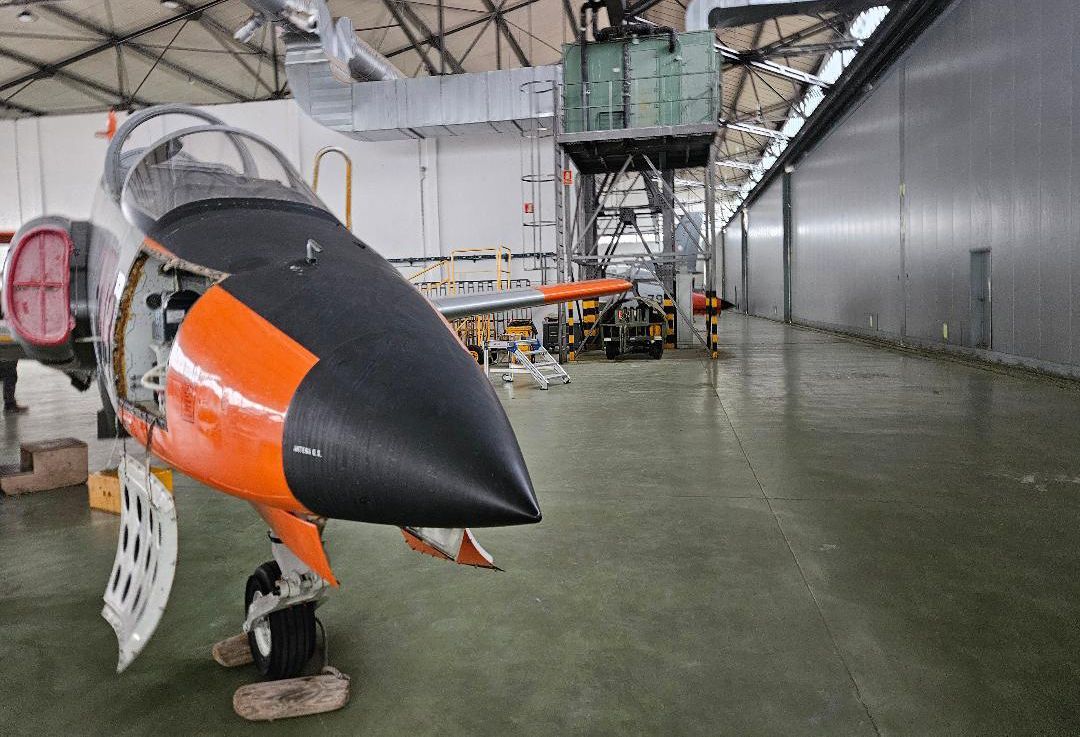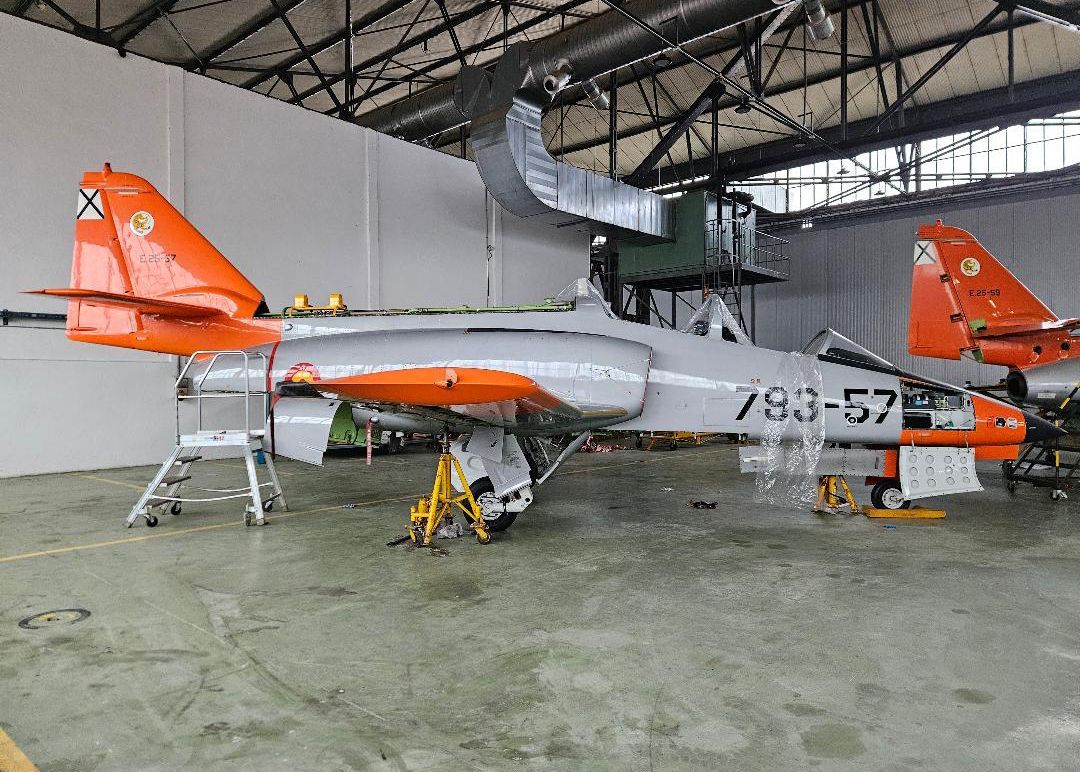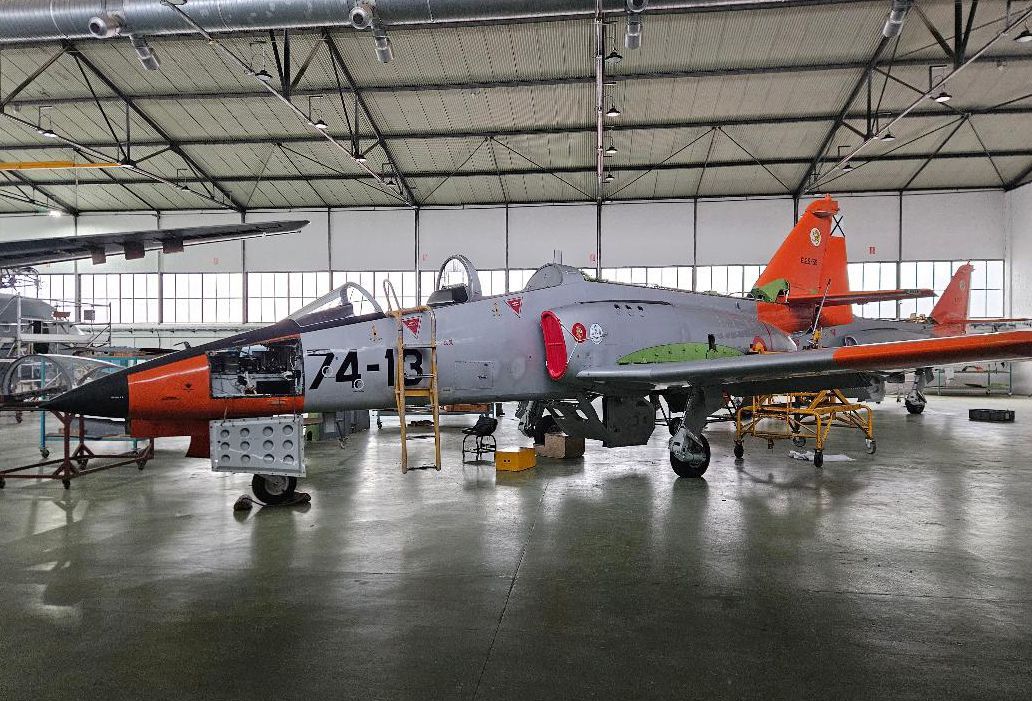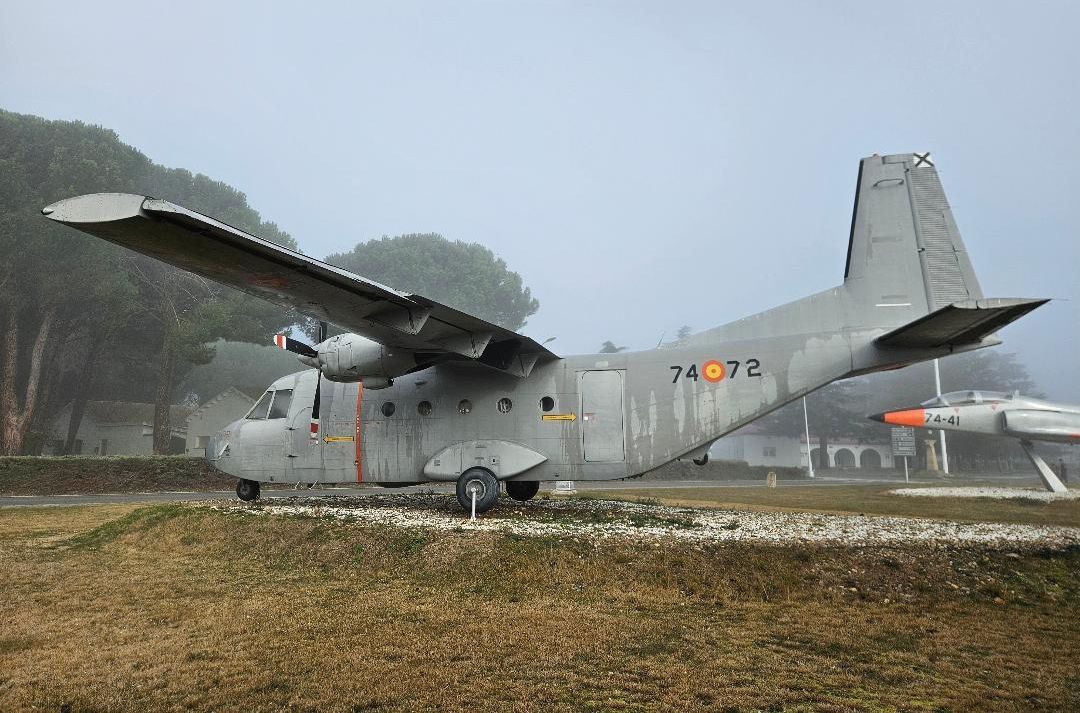Matacán Air Base
Just a few kilometres from the historic city of Salamanca, Matacán Air Base has quietly played a pivotal role in Spain’s military aviation for decades. Known for its top-tier pilot training programs and its contributions to air transport and reconnaissance, Matacán has built a legacy rooted in skill, discipline and service. From its early days during the Spanish Civil War to its current role as a hub for training and operations.
Humble Beginnings: A Base is Born
Matacán’s origins trace back to the 1920s when Spain began expanding its air infrastructure. Initially a modest auxiliary airfield, its significance grew during the Spanish Civil War (1936–1939) when it became a vital training and operations center. During the war, pilots trained here, maintenance crews kept aircraft ready and the base supported critical missions. After the war, Matacán transitioned into a dedicated training facility, focusing on preparing new generations of pilots for Spain’s emerging air force. This early commitment to training set the foundation for the base’s future as a centre of excellence in military aviation.
Post-War Growth: Building a Training Powerhouse
By the 1940s, Matacán had solidified its position as a premier training facility. It became home to the Aviation Academy (Academia de Aviación), where aspiring pilots honed their skills. Early training aircraft included the Bücker Bü 131 Jungmann and Bücker Bü 133 Jungmeister, German-designed biplanes that introduced cadets to the fundamentals of flight. As aviation technology advanced, so did Matacán. During the 1950s and 60s, the base underwent significant modernization, including upgraded runways and the introduction of more sophisticated aircraft. The arrival of the T-6 Texan, a rugged and reliable American-built trainer, marked a turning point in flight instruction, preparing pilots for the more complex aircraft they would fly in active service.
Ala 74: Transport and Reconnaissance Take Centre Stage
In 1973, Matacán welcomed Ala 74 (74th Wing), a unit specializing in air transport and reconnaissance. The addition of Ala 74 brought new capabilities to the base, with aircraft such as the CASA C-212 Aviocar, a versatile but small twin-engine transport that excelled in troop deployment, medical evacuation, and logistical support. Over time, Ala 74 expanded its fleet to include the more advanced CASA CN-235, enhancing Spain’s ability to perform maritime patrol, reconnaissance, and transport missions. These aircraft played a critical role in securing Spain’s maritime borders and maintaining readiness for a variety of operational scenarios.
Matacán Training Centre: Excellence in Aviation Instruction
While Ala 74 brought operational strength, Matacán’s heart has always been its commitment to training. The Centro de Enseñanza de Matacán (Matacán Training Centre) quickly became one of Spain’s most respected aviation training institutions. By the 1980s, the training centre had expanded its scope beyond pilot instruction, offering specialized programs for air traffic controllers, intelligence analysts and aviation maintenance personnel. This diversification ensured that Matacán not only produced skilled pilots but also developed a well-rounded force capable of supporting complex air operations.
Embracing Modernization: Old aircraft new Missions
Matacán’s legacy of adaptation continued into the 21st century, as the base welcomed more advanced aircraft and incorporated cutting-edge training technology. The CASA CN-235 remained a workhorse at the base, but by the 2000s, the more capable CASA C-295 joined the fleet. With greater range, payload capacity and mission flexibility, the C-295 became a vital asset for military transport throughout Spain, supporting everything from humanitarian missions to intelligence, surveillance and reconnaissance (ISR) operations. Even with the newer C-295 entering service the CN-235 remained the key training aircraft with Ala 74. With Transport training aircraft changing the base incorporated advanced simulators and upgraded avionics into its training programs, ensuring that its personnel remained ahead of the curve in an era of rapid technological change.
Matacan Air Base February 2025
The base has 3 training schools
1)Training of aircraft pilots
2)Training of Air Traffic Controllers (ATC) specialists
3)Training of the basic stages of Drone operations
Aircraft assigned to Esc 744
Casa CN-235 x8
Instructors pilots x10
Students pilots x24 (per current training year September 2024 to May 2025)
Each student must spend at least 100 hours flying, plus academic studies and simulator training. The ATC course is very similar in length and roughly the same amount of students as the pilot training. The Drone course only covers the first stages of training after that is completed the students must go to the USA at Creech AFB Nevada for more tactical “hands on” training. Although this is an Air Force Drone course it is also open to Army and Navy students.
Maintenance
Casa CN-235 planned inspection schedules are 50, 100, 300 hour checks on base, higher level and deep maintenance checks that are required, must be performed by Airbus at Seville.
Casa C-101
The Esc 741 C101 training school was closed 3 years ago, but Matacan is still the maintenance centre for this aircraft type which is still in use with the aerobatic team Patrulla Aguila at St Javier and with CLAEX at Torrejon Air Base Madrid. A selection of C101s were undergoing maintenance in the hangar, ranging 50 hours to a deeper 4 year inspection with engines out. The type is due to stop flying with the Air Force by the end of 2025 and all basic flight training moving to the Pilatus PC-21 at San Javier Air Base, test flying of this type will be with CLAEX at Torrejon.
The Road Ahead: A Bright Future for Matacán
As Matacán looks to the future, the base remains focused on maintaining its position as a leader in aviation training and operations. Modernization efforts continue, with a focus on incorporating next-generation training platforms and state-of-the-art simulators to prepare aircrews for the challenges of tomorrow.
The CASA CN-235 continues to play a critical training role for training future transport aircraft pilots with the Air Force. Operations and ongoing investment in training technology ensures that the base remains a vital asset for Spain and its allies.
A Legacy of Dedication and Service
From its early days as a wartime airfield to its current status as a hub for training, transport, and reconnaissance, Matacán Air Base has left an undeniable mark on Spain’s military aviation history. Whether preparing pilots for complex missions, patrolling Spain’s borders, or supporting international efforts, Matacán has been a constant force of excellence and dedication. As the base moves forward, its legacy remains intact, a testament to the thousands of men and women who have trained, served, and sacrificed under its banner. For generations to come, Ala-74 at Matacán Air Base will continue to shape the skies and safeguard the future of Spanish aviation.
Acknowledgements
Aviation Reporting would like to thank our hosts for the morning Captain Ricardo Inglesias and Major Reyes for an excellent tour around the bases facilities, even when the fog came in. The communications department of the Spanish Air Force and the British Defence Attache in Madrid. Special thanks to Christopher Hipkin for his behind the scenes planning for these visit.
Author: Robert Leech
Photography: Mark Forest & Paul Witty
Interviews: Edward Davison

